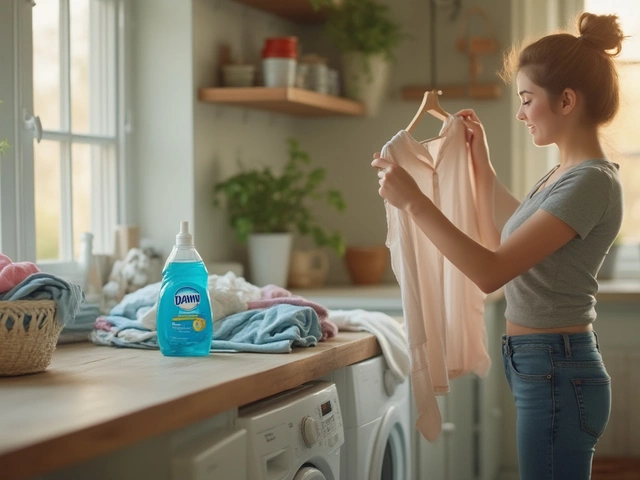Nail Holes: Easy Fixes for a Perfect Wall Finish
When working with nail holes, small punctures left by picture hangers, screws, or remodeling work. Also known as wall dents, they can ruin an otherwise smooth surface. Spackle, a lightweight paste used to fill gaps in drywall is the go‑to material for most repairs, while wall paint, the finish coat that blends the repair with the surrounding area completes the look. For anyone tackling DIY home repair, understanding these basics saves time and money.
First, assess the size of the hole. Most nail holes are under a quarter‑inch wide, which means a thin layer of spackle will do. Larger gashes might need a backing strip or a bit of joint compound. The key point is matching the material to the depth: shallow dents absorb a single dab, deep ones need a base to hold the filler. This simple rule—hole size dictates filler type—keeps the repair from cracking later.
Tools and Materials You’ll Need
Grab a small putty knife, a piece of fine‑grit sandpaper, a roll‑on primer, and the right colour of paint. The putty knife spreads the spackle evenly; sandpaper smooths the dried surface; primer seals the patch so the paint adheres uniformly; and matching paint makes the spot disappear. If you’re allergic to dust, a damp sponge works for a quick sand‑down without scattering particles. All these items are cheap and can be found at any local DIY store.
Now, let’s walk through the process step by step. Clean the area around the hole with a dry cloth to remove dust. Apply a thin bead of spackle directly into the opening, pressing it in with the putty knife. Overfill slightly—spackle shrinks as it dries. Let it set for the time the label suggests (usually 10‑15 minutes). While you wait, you can prep the surrounding wall by lightly dusting it with sandpaper; this gives the patch a surface that the spackle will grip.
Once the spackle is firm, sand it smooth. The goal is a level surface that blends with the rest of the wall. A quick wipe with a damp rag removes sanding residue. If the patch looks a bit lower than the wall, add a second thin coat of spackle, let it dry, and sand again. This two‑coat method ensures a seamless finish, especially on textured walls where a single layer can leave a faint ridge.
After sanding, apply a tiny amount of primer over the repaired spot. Primer prevents the spackle from soaking up the paint differently than the surrounding plaster, which could cause a colour mismatch. Let the primer dry completely—usually five minutes—then brush on the matching paint. For the best blend, use a small angled brush and feather the edges outward. If your wall has a glossy finish, a quick second coat of paint may be needed to achieve uniform sheen.
What if you’re dealing with multiple holes across a room? Batch the work. Fill and sand all holes first, then prime the whole wall once and paint in one go. This approach saves time and reduces the number of touch‑ups later. It also keeps colour consistency high, because you’re using the same paint batch for every spot.
Sometimes, nail holes appear in high‑traffic areas like hallways or kids’ rooms. In those cases, consider a tougher filler such as a setting-type joint compound. It hardens faster and is more resistant to impact. The trade‑off is a slightly more involved mixing step, but the added durability can be worth it for busy spaces.
While DIY repair works for most residential walls, commercial settings may require professional services. Contractors have access to spray‑on fillers and colour‑matched paints that achieve a flawless result in minutes. If you notice cracks spreading from a nail hole, that’s a sign of deeper structural issues, and calling a specialist is the safe route.
Beyond the basics, you can add a finishing touch with wall texture. If your wall has a subtle orange‑ peel or knock‑down finish, lightly mist the patched area with water and run a texture sponge over it while the spackle is still tacky. The result mimics the original pattern, making the repair invisible to the naked eye.
Maintenance matters, too. Once the wall looks perfect, keep it clean with a gentle, eco‑friendly cleaner—like a diluted vinegar solution. Harsh chemicals can degrade the paint over time, especially around repaired spots. Regular dusting with a microfiber cloth prevents buildup that could highlight small imperfections.
In short, nail holes are a minor nuisance that anyone can fix with a few everyday tools. By matching the filler to the hole size, sanding carefully, priming, and painting with the right colour, you’ll restore a smooth, professional look in minutes. Below you’ll find a curated collection of guides that dive deeper into each step, explore alternative fillers, and share pro tricks for flawless wall maintenance.





